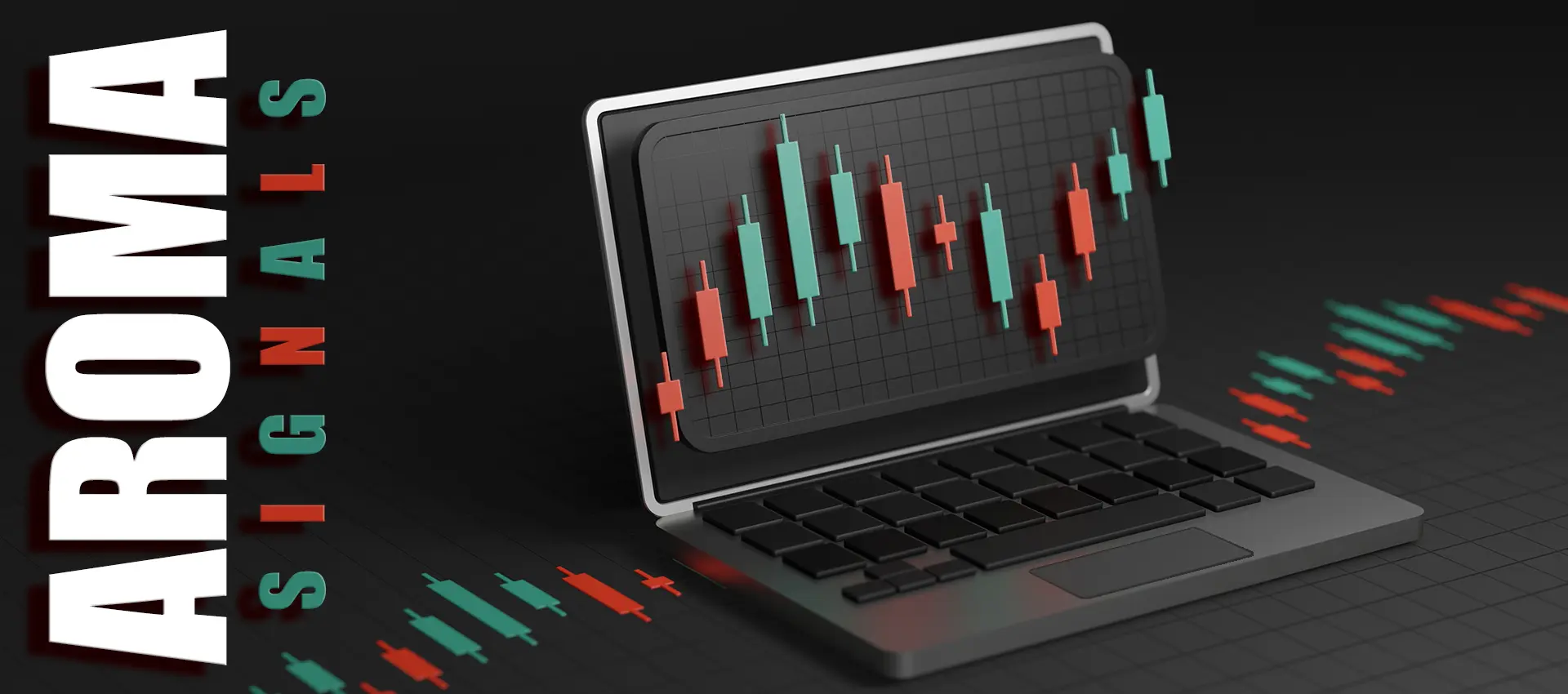Binary options trading, a streamlined way to trade on the financial markets, can appear deceptively simple with its yes/no propositions and fixed odds. While it seems like a straightforward approach to investing, potential traders should be wary of the less apparent expenses that can impact the profitability of their trading ventures.

Here are potential hidden costs in binary options trading that can catch traders unaware and how to mitigate them.
Brokerage Fees and Commissions
When you enter the world of binary options trading, one of the first interactions is with brokers. These platforms facilitate your trades but often at a cost. Brokerage fees and commissions can eat into profits. While many brokers boast no commission trading, this can sometimes be misleading as the costs could be factored into wider spreads or payouts that are lower than the market average. It is important to read the fine print and understand the fee structure before committing to a broker. Ensure that you’re not paying excessively for each trade, as these expenses can accumulate significantly over time.
Withdrawal and Deposit Charges
Another area where hidden costs can manifest is during the movement of funds into and out of your trading account. Some brokers may charge fees for deposits or withdrawals, or they may offer a limited number of free transactions per month with fees applied to any additional transfers. These charges may vary depending on the payment method, with options like wire transfers typically incurring higher costs. Traders should select a broker with a transparent and favorable fee policy for deposits and withdrawals to avoid these unexpected charges.
Opportunity Costs and Slippage
The cost of missed opportunities can also be a significant but hidden cost in binary options trading. Delays in executing trades may lead to what is known as “slippage”, where the entry point of a trade may be different from when the order was placed, potentially resulting in less favorable outcomes. Ensuring that you are using a reliable platform with speedy execution can minimize this risk.
Additionally, while focusing on binary options trading, traders may miss out on other potentially more lucrative investment opportunities. Diversification is critical in managing risk and maximizing returns over time. Therefore, traders should always be aware of the opportunity costs associated with focusing too narrowly on a single type of investment.
In conclusion, engaging in binary options trading requires an awareness of the hidden costs that can affect your bottom line. These costs may not be apparent at first glance, but they can have a significant impact on overall profitability. By staying informed and choosing a reputable and transparent broker, you minimize unnecessary expenses. Always remember to consider both the apparent and hidden costs when calculating the potential profitability of your binary options trading strategy.

